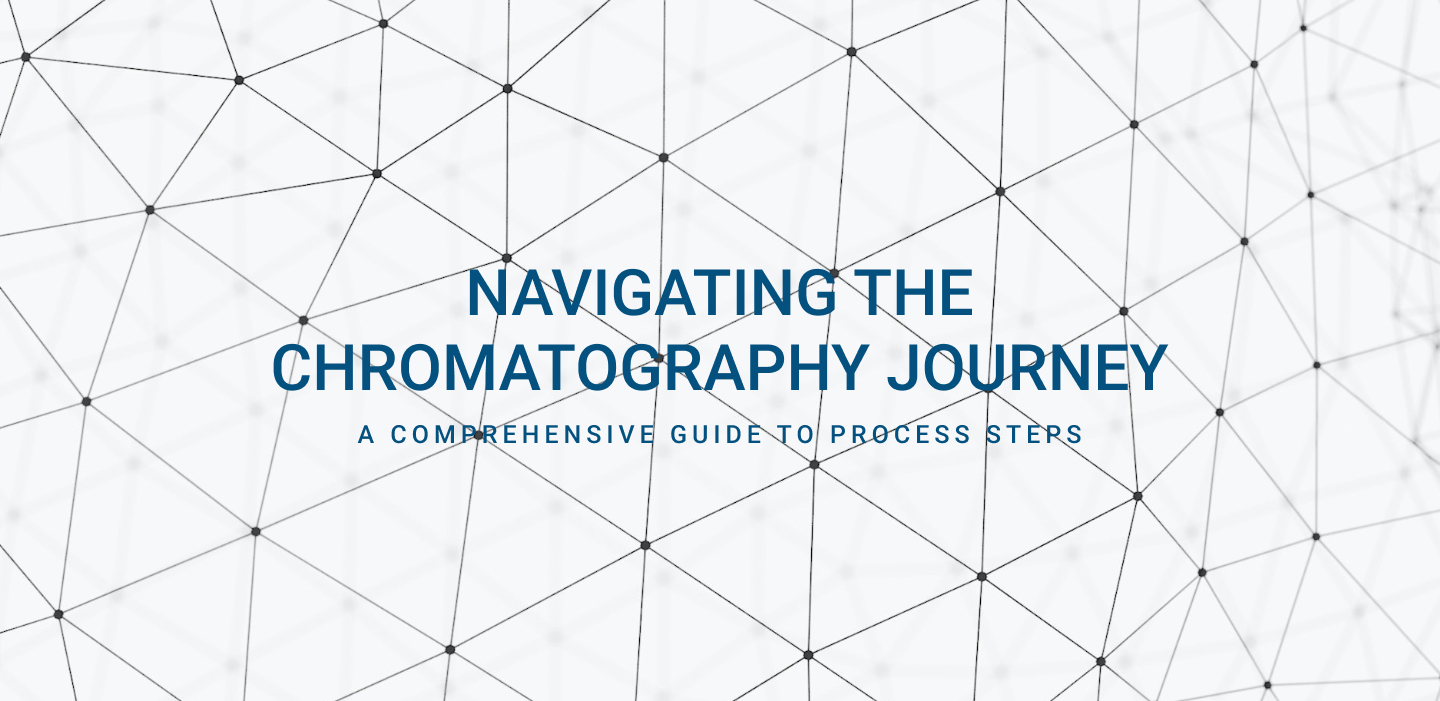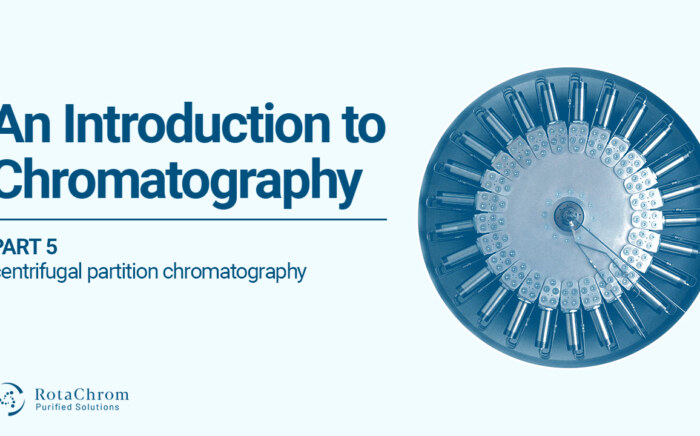Increasing separation efficiency by pH adjustment in Centrifugal Partition Chromatography
NewsChromatography, a cornerstone technique in separation science, holds immense significance across various industries. Understanding the intricacies of the chromatography process is essential for researchers, scientists, and industry professionals seeking to harness its potential. In this comprehensive guide, we delve into the fundamental steps of the chromatography process, shedding light on the key stages that contribute to successful separations.
Sample Application: Setting the Stage
The journey begins with the application of the sample onto the chromatography system. Whether liquid or gas chromatography, precision in sample application is crucial for accurate and efficient separations.
Factors such as sample concentration, injection technique, and sample volume play pivotal roles in determining the success of the subsequent steps.
Mobile Phase Selection: Mobilizing Molecules
Choosing the appropriate mobile phase is a critical decision that influences the separation efficiency. The mobile phase carries the sample through the stationary phase, facilitating the differential interactions between sample components.
Considerations for mobile phase selection include solvent properties, compatibility with the stationary phase, and the nature of the analytes being separated.
Stationary Phase Interaction: Decoding Affinities
The stationary phase, a key player in the chromatographic process, interacts with sample components based on their affinities. This interaction results in the differential migration of components, laying the foundation for effective separation.
Stationary phases can vary widely, from solid materials like silica gel in column chromatography to liquid phases in techniques like centrifugal partition chromatography (CPC).
Separation Mechanism: Unraveling Mixtures
The heart of chromatography lies in its ability to separate complex mixtures into individual components. The separation mechanism can be achieved through diverse principles, including adsorption, partitioning, and affinity.
Techniques such as high-performance liquid chromatography (HPLC) or gas chromatography (GC) leverage specific mechanisms tailored to the nature of the analytes.
Detection and Analysis: Unveiling Secrets
Detection methods play a crucial role in revealing the separated components. Various detectors, such as UV-Vis spectrophotometers, mass spectrometers, and refractive index detectors, offer insights into the identity and quantity of analytes.
The choice of detector depends on factors like analyte properties, sensitivity requirements, and the overall chromatographic setup.
Data Interpretation: Deciphering Peaks
Peaks obtained in chromatograms represent separated components, each characterized by specific retention times or retention volumes. Data interpretation involves analyzing peak shapes, heights, and areas to extract valuable information.
Chromatographers interpret data to derive insights into sample composition, purity, and concentration, contributing to the success of the analytical or preparative process.
Conclusion
The chromatography process is a dynamic journey encompassing crucial steps that collectively define its success. From strategic sample application to meticulous data interpretation, each stage requires thoughtful consideration and expertise. As chromatography continues to evolve across industries, a comprehensive understanding of these process steps empowers scientists and researchers to unlock its full potential in applications ranging from analytical research to large-scale purification processes.



